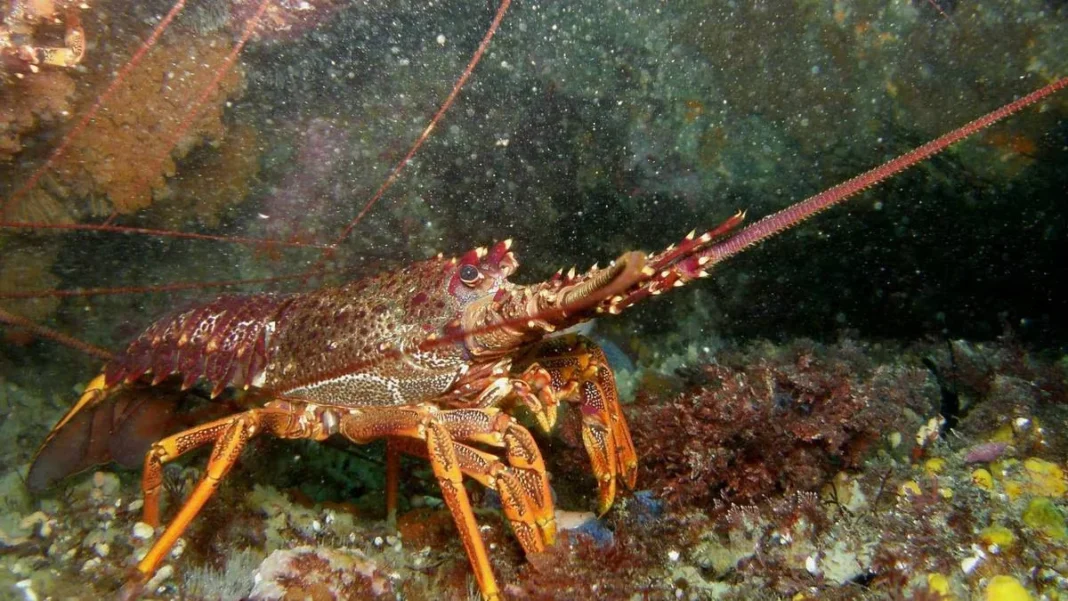Taxonomy and Classification:
The New Zealand rock lobster, scientifically known as Jasus edwardsii, is a species of marine crustacean belonging to the family Palinuridae. It is commonly referred to as the New Zealand crayfish or rock lobster.
Physical Description:
The New Zealand rock lobster has a robust, spiny exoskeleton that is typically red-brown or greenish-brown in color. It has long antennae and a pair of large, powerful claws. Mature adults can reach lengths of up to 60 centimeters (24 inches) and weigh several kilograms.
Habitat and Distribution: New Zealand rock lobsters are found in the coastal waters around New Zealand and southern Australia. They inhabit rocky reefs, caves, and crevices at depths ranging from shallow waters to depths of about 200 meters (656 feet).
Behavior and Feeding Habits: New Zealand rock lobsters are nocturnal predators and scavengers. They feed on a variety of prey, including fish, mollusks, crustaceans, and marine worms. They are also known to scavenge on carrion and other organic matter found on the ocean floor.
Reproduction and Life Cycle: New Zealand rock lobsters reproduce through sexual reproduction, with females typically mating with multiple males. After mating, females carry fertilized eggs attached to their swimmerets for several months until they hatch into larvae. Larvae undergo several developmental stages before settling to the ocean floor and molting into juvenile lobsters.
Fisheries and Economic Importance: New Zealand rock lobster is an economically important species in the fishing industry of New Zealand and southern Australia. Lobsters are harvested using traps and pots and are sold both domestically and internationally. The lobster fishery provides employment and income for many coastal communities.
Conservation Status and Management: The New Zealand rock lobster fishery is subject to regulations and management measures aimed at ensuring sustainable harvesting and protecting breeding populations. These measures include minimum size limits, fishing quotas, and marine protected areas. Despite conservation efforts, New Zealand rock lobster populations face threats from overfishing, habitat degradation, and climate change.
Culinary Use: New Zealand rock lobster is highly prized for its sweet, succulent meat and is a delicacy in New Zealand and Australian cuisine. Lobster dishes range from simple preparations such as boiling or grilling to more elaborate dishes like lobster thermidor, lobster bisque, and lobster pasta.
In summary, the New Zealand rock lobster is a valuable marine species with significant ecological, economic, and cultural importance in New Zealand and southern Australia. Its conservation and sustainable management are crucial for ensuring the long-term viability of the lobster fishery and the health of marine ecosystems.


